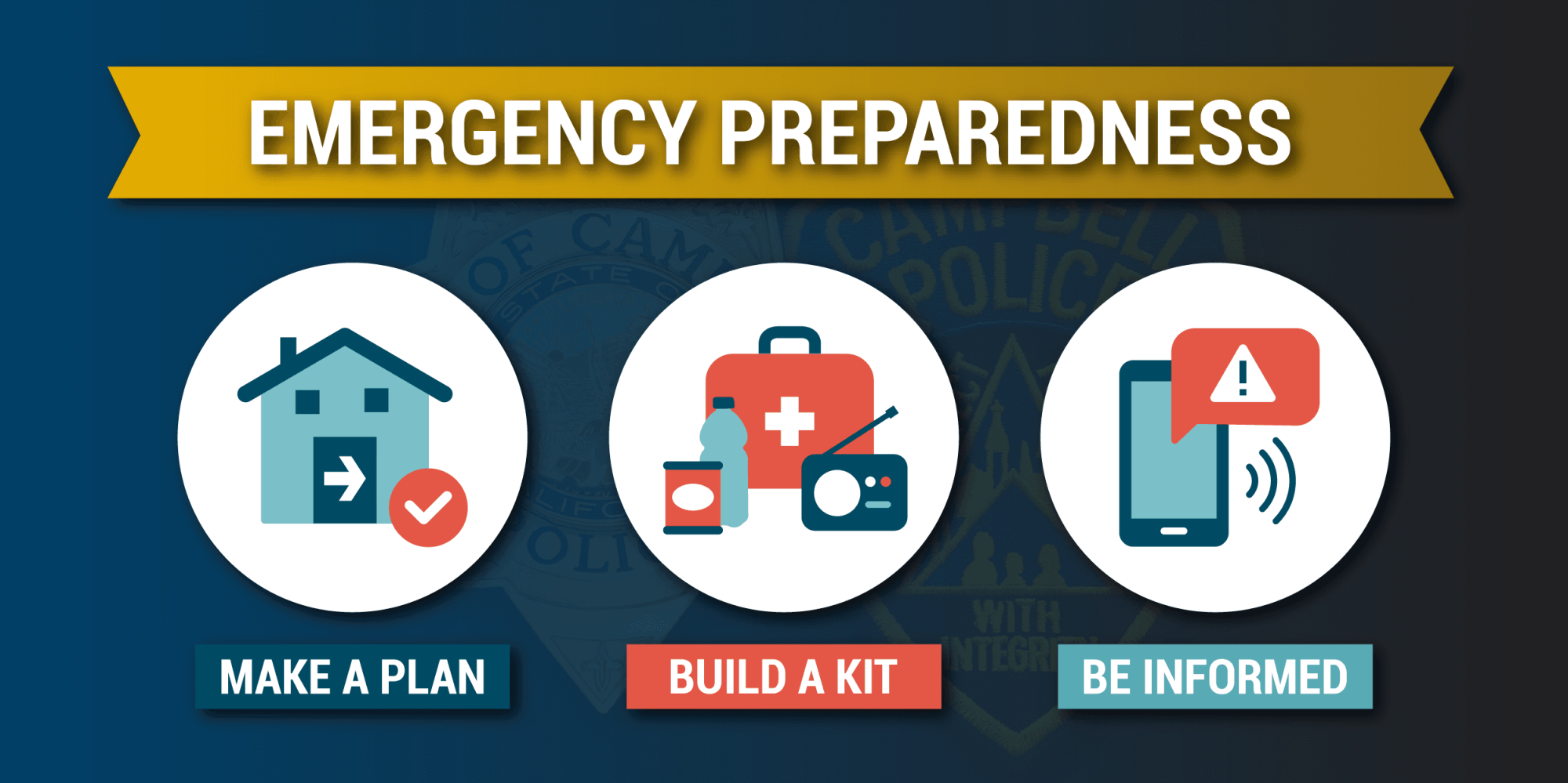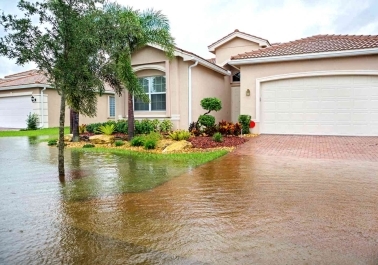
In the face of natural disasters and unforeseen emergencies, having a well-thought-out emergency plan is crucial for the safety and well-being of your family and the protection of your home. Creating a comprehensive disaster plan ensures that everyone knows what to do, where to go, and how to communicate in times of crisis. In this article, we will guide you through the steps of creating an effective emergency preparedness plan, enabling you to respond confidently and mitigate the impact of emergencies on your family and home.
- Identify Potential Hazards: Start by assessing the potential hazards in your area. Consider the types of natural disasters that are common, such as hurricanes, earthquakes, floods, or wildfires. Research local emergency alerts and historical patterns to understand the risks specific to your region.
- Create a Communication Plan: Establish a communication plan to ensure that everyone in your family knows how to stay connected during an emergency. Designate an out-of-area emergency contact whom everyone can reach to provide updates and relay messages. Share contact information and ensure that each family member has a list of important phone numbers.
- Determine Safe Meeting Locations: Designate safe meeting locations both within your neighborhood and outside of it. Choose a nearby location where family members can gather if it's safe to do so, as well as an agreed-upon meeting place in case you need to evacuate. Ensure that everyone understands these locations and how to reach them.
- Prepare Emergency Kits: Assemble emergency kits for each family member, including essential supplies such as non-perishable food, water, flashlights, batteries, a first aid kit, medications, and important documents. Customize the kits based on individual needs, including items for infants, elderly family members, or pets. Regularly check and update the kits as needed.
- Understand Evacuation Routes: Familiarize yourself with evacuation routes specific to your area. Identify primary and alternate routes to ensure a safe and efficient evacuation if necessary. Stay informed about evacuation orders and follow the instructions provided by local authorities.
- Safeguard Your Home: Take measures to safeguard your home from potential damage. Secure loose objects, such as patio furniture, that could become projectiles in high winds. Reinforce windows and doors to protect against strong gusts or potential break-ins. Install smoke detectors, fire extinguishers, and carbon monoxide detectors to enhance home safety.
- Educate Your Family: Ensure that every family member understands the emergency plan and knows how to respond appropriately during different scenarios. Conduct drills and practice evacuation procedures regularly to familiarize everyone with the actions they need to take. Consider involving children in age-appropriate discussions and exercises to empower them and alleviate fear.
- Stay Informed: Stay updated with the latest information from local authorities, emergency management agencies, and news sources. Sign up for emergency alerts and notifications to receive timely information about potential threats and recommended actions. Keep a battery-powered radio or access to a reliable news source for updates in case of power outages.
- Regularly Review and Update the Plan: Emergency preparedness plans should be reviewed and updated regularly. Update contact information, reassess potential hazards, and revise the plan as necessary to account for changes in your family's needs or the community's resources. Ensure that everyone is aware of any updates or modifications to the plan.
Creating a comprehensive disaster plan is an essential step towards ensuring the safety of your family and the protection of your home during emergencies. By identifying potential hazards, establishing communication strategies, designating meeting locations, preparing emergency kits, understanding evacuation routes, safeguarding your home, educating your family, staying informed, and regularly reviewing the plan, you can enhance your ability to respond effectively in times of crisis. Remember, proactive planning and preparedness are key to minimizing the impact of emergencies and providing peace of mind for you and your loved ones.
Related Posts
Stump Grinder Services in Vancouver, WA: Why Hire a Professional?
Tree removal often leaves behind unsightly stumps that can disrupt the beauty an...
Read More
Modern Church Chairs vs. Traditional Church Pew: Which is Better?
When it comes to furnishing a worship space, the choice between modern church ch...
Read More
Restoring Historic Homes: Preserving the Past After Natural Disasters
Historic homes hold a significant place in our collective heritage, telling stor...
Read More
The Role of Insurance in Weather Damage Restoration: What You Need to Know
Weather-related damages can be devastating, causing significant financial burden...
Read More




